At 48g lighter and around £1,000 cheaper than SRAM’s XX Transmission, XTR Di2 is a tantalising prospect.
If you're looking to save some cash but still get electronic wireless shifting, opting for XTR is compelling even when you consider some of its shortcomings.
GX Transmission costs £1,180. Yes, GX is £220 cheaper than XTR Di2, but it’s also 266g heavier for an equivalent setup. The glitz of the top-flight drivetrain is surely worth that extra cash.
But lined up against XX Transmission, how do the figures compare?
- SRAM XX Eagle AXS Transmission weight: 1,785g
- SRAM XX Eagle AXS Transmission price: £2,465 / $2,299 / €2,750
- Shimano XTR M9200 Di2 weight: 1,737g
- Shimano XTR M9200 Di2 price: £1,399.94 / $1,801 (plus £59.99 / $68.99 for CN-M9100 chain)

While XX is marginally heavier and more expensive, included in that price is the crank-based power meter, something XTR is ostensibly lacking.
Adding one from a third party such as Stages will set you back up to £1,225 – assuming one will be available at launch – lifting Shimano’s XTR price tag to around £2,500.
This puts XX back in contention for offering the best value, especially if you need a power meter.
- Read more: Shimano finally goes wireless with XTR Di2 groupset
- Read more: Shimano XTR Di2 M9200 review
Comparing installation and setup
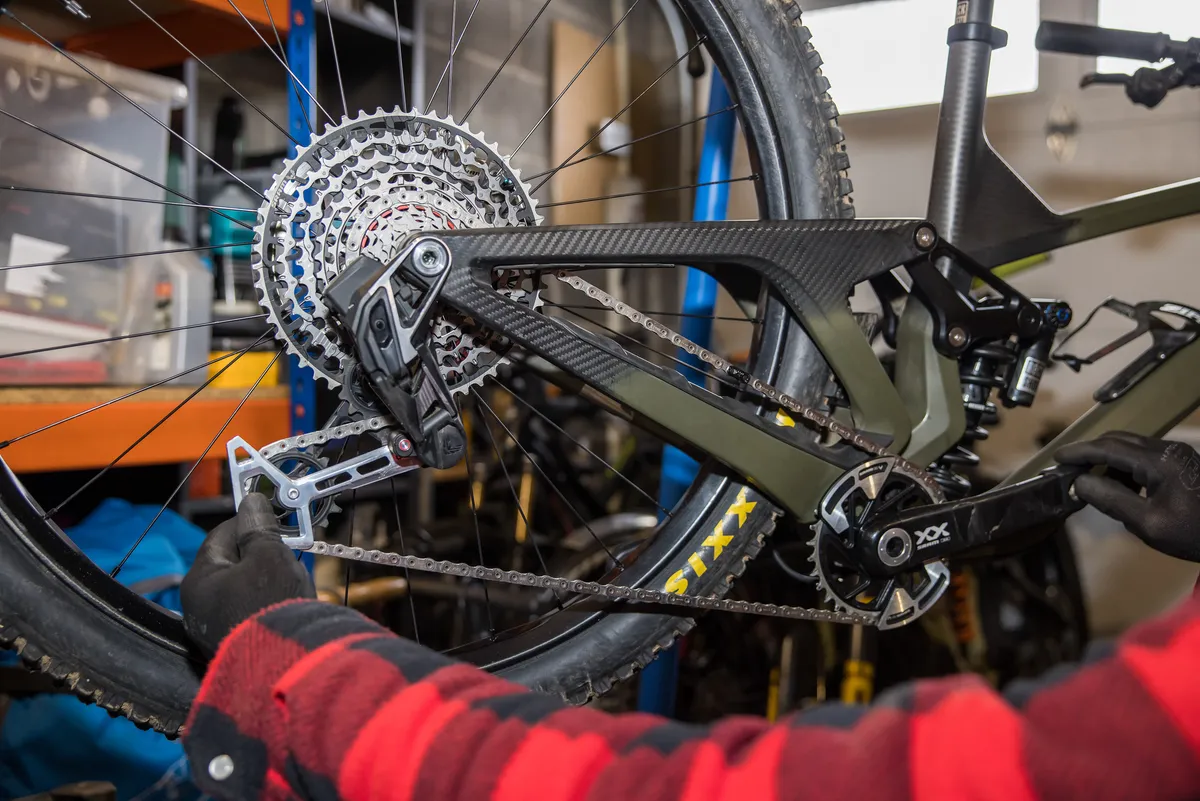
Removing the B-tenson, and high and low limit screws from the installation process – plus using an app to tell you how many links your chain needs – means fitting SRAM’s Transmission is easier than XTR M9200.
Shimano’s B-tension adjustment is easy, but it would be even easier if you didn’t have to do it at all.
Add in the lack of on/off functionality or cage lock on the XTR derailleur’s clutch when you’re fitting or removing wheels, and the extra effort required to do it smoothly is a notable inconvenience.
For the installation and day-to-day usability, it’s an outright win in SRAM’s favour.

Pairing derailleurs, shifters and apps is a similar process across the brands, even if the methods differ slightly.
The E-TUBE smartphone app is less polished-looking than the SRAM AXS app, but, they’re both a little clunky to use and can crash often.
On-trail performance

Despite Shimano removing the clutch’s adjustability, its tension is still higher than SRAM’s Transmission derailleurs, resulting in quieter riding and better chain control.

The shift quality and replication of that quality is significantly better on Transmission.
Nearly all of XX’s shifts feel nigh-on perfect, which is way better than XTR achieves.
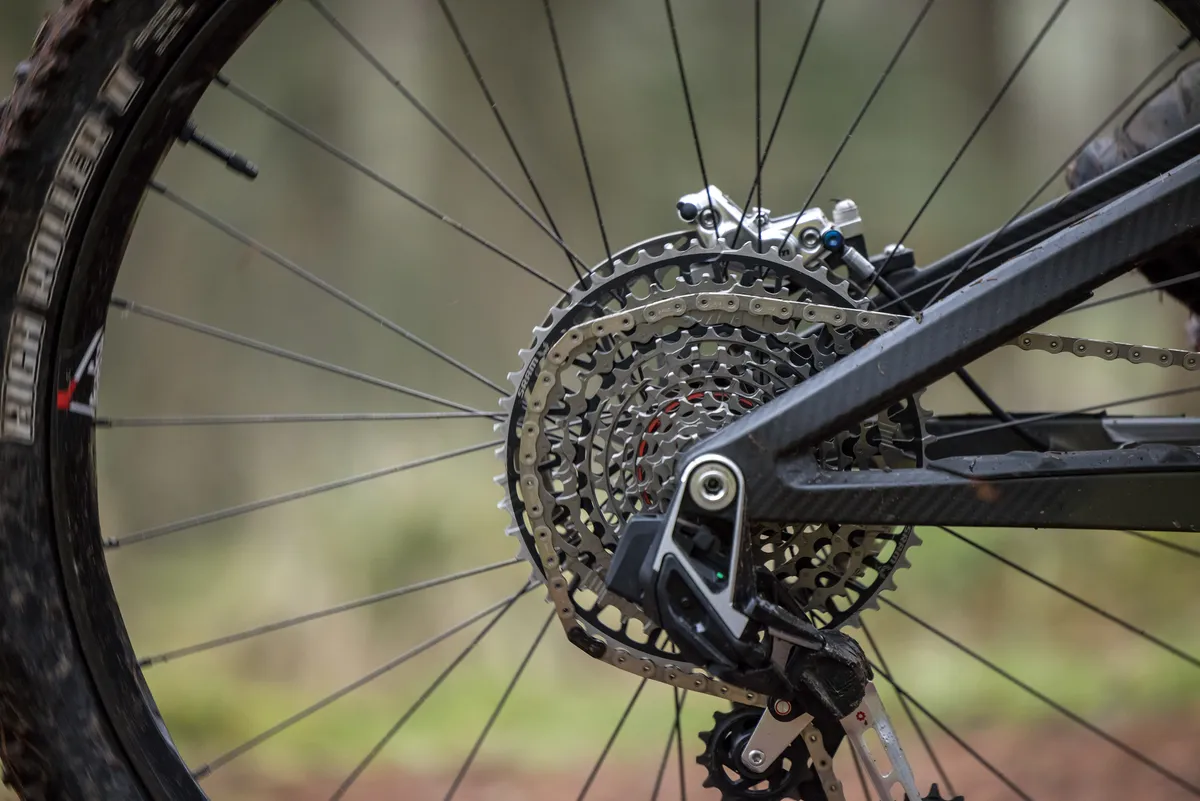
It’s undeniable XTR is quicker at shifting when you want to dump more than two or three gears.
However, for the single-click shifting habits I prefer – and suspect a lot of other enduro-style riders share – there’s no difference in speed when changing one or two gears at a time.
I preferred the shift reliability of XX over XTR, but I understand the allure of speedier changes.
It’s a very close call between the Pod Controller and XTR shift switch.

I’m a fan of reimagining things for the electronic world – your car wouldn’t have a gated manual-style automatic gearbox gear selector, instead the system has been redesigned with a bespoke system to reflect the different needs.
Shimano’s XTR shift switch takes the ergonomics of a cable-operated shifter and electrifies them, and does so successfully.
The feel of the shifter is impeccable and it’s very adjustable.
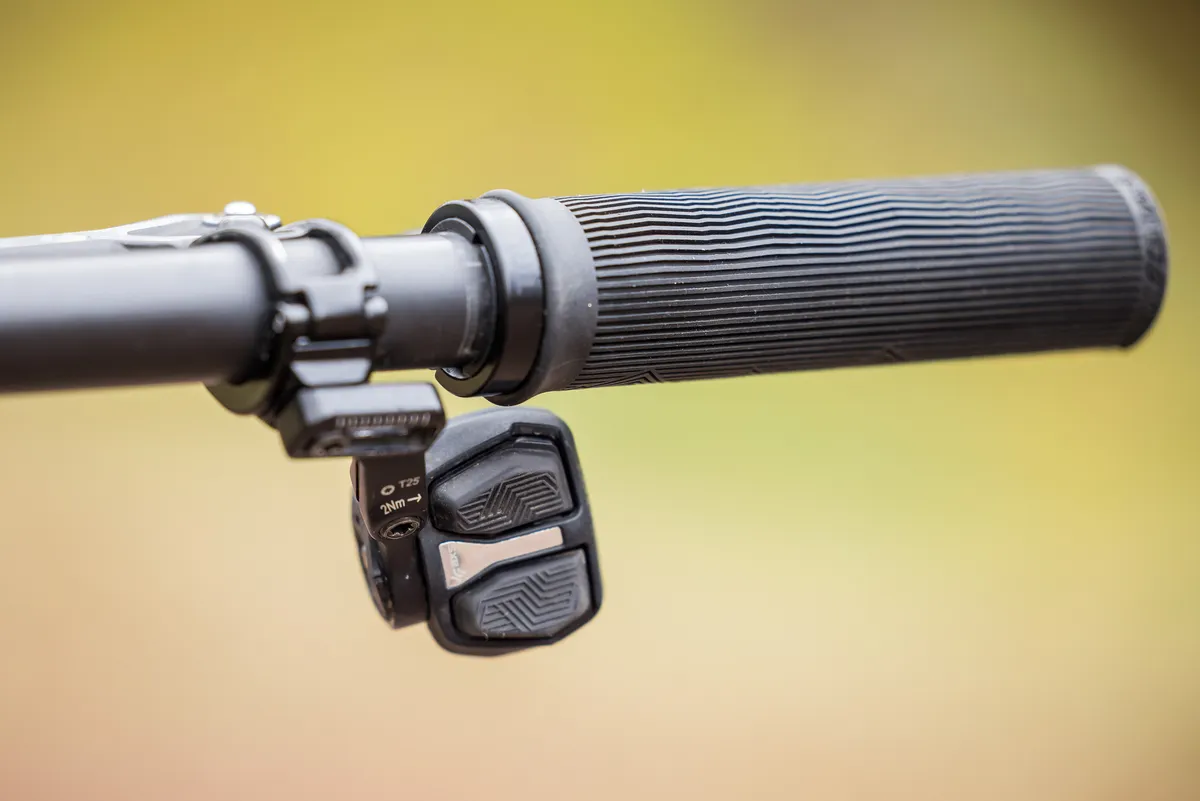
But I just can’t shake the idea it’s replicating something that should be simplified.
In my eyes, SRAM’s Pod Controller does that reimagining successfully – it’s an electronic solution for an electronic drivetrain – but I’m acutely aware many people dislike it.
Reliability, durability and ease of rebuilding

The two systems have been much for muchness in terms of mechanical reliability.
Neither broke down nor failed during the test period and they’re both still functioning today as they were when they were new.

But XX’s cassette is much harder-wearing than Shimano’s XTR model, still showing minimal signs of use.
XTR may only have aesthetic blemishes, but when you’re spending that much, it’s important it looks good for as long as possible.
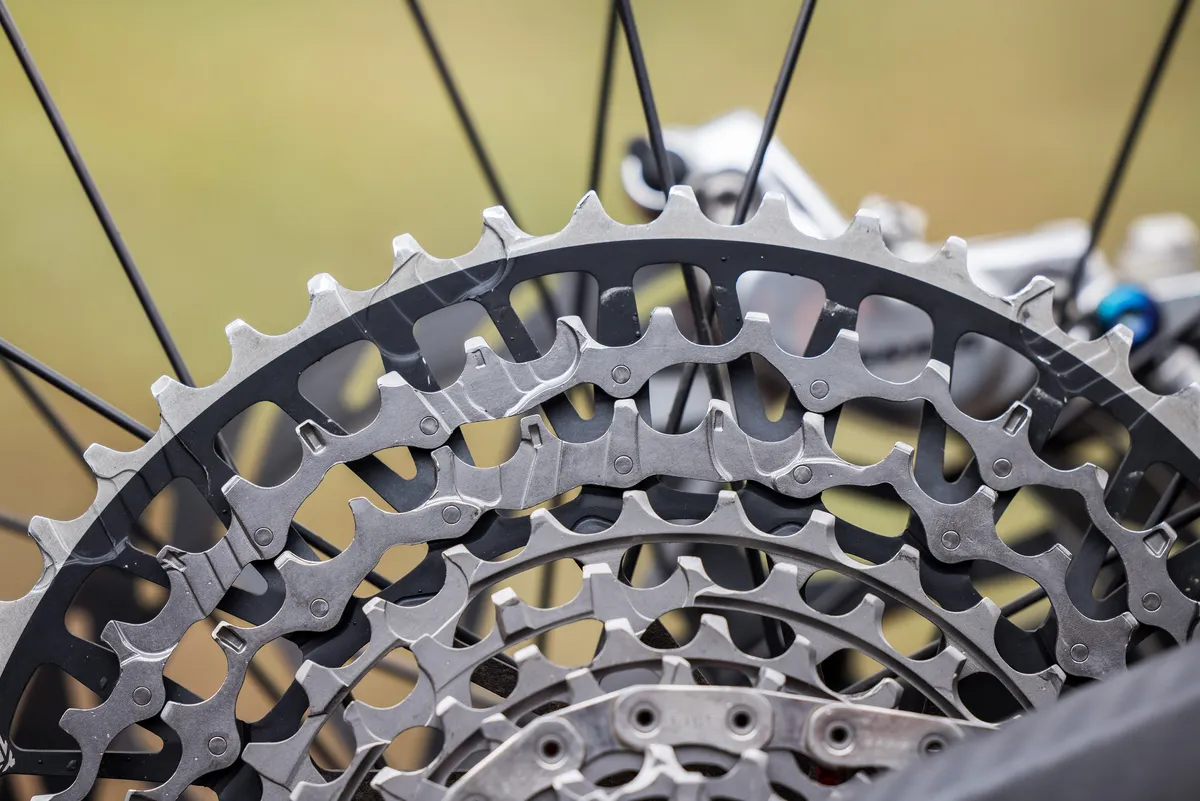
Both XTR and XX’s cranks started showing signs of wear at about the same point during the test period, and neither of their flat designs is especially suited to maintaining the as-new finish.
XX’s chainring is more durable. The teeth where the chain exits towards the derailleur took a lot longer to begin hooking and blunting on XX compared to XTR.

While the newest XTR derailleur has been beefed up compared to its M9100 predecessors, it’s still quite a bit slimmer and its cage shorter than SRAM’s Transmission.
This means it suffers from fewer ground and rock strikes, reducing the risks of damage compared to the bulky Transmission unit.

When XTR has taken a blow during the test period, it has been robust enough not to suffer any significant damage. The same was true for XX and GX when I tested them, however.
Finally, bar the jockey wheels and cage, the XTR derailleur isn’t rebuildable. This is a shame given its £550 / $620 cost.
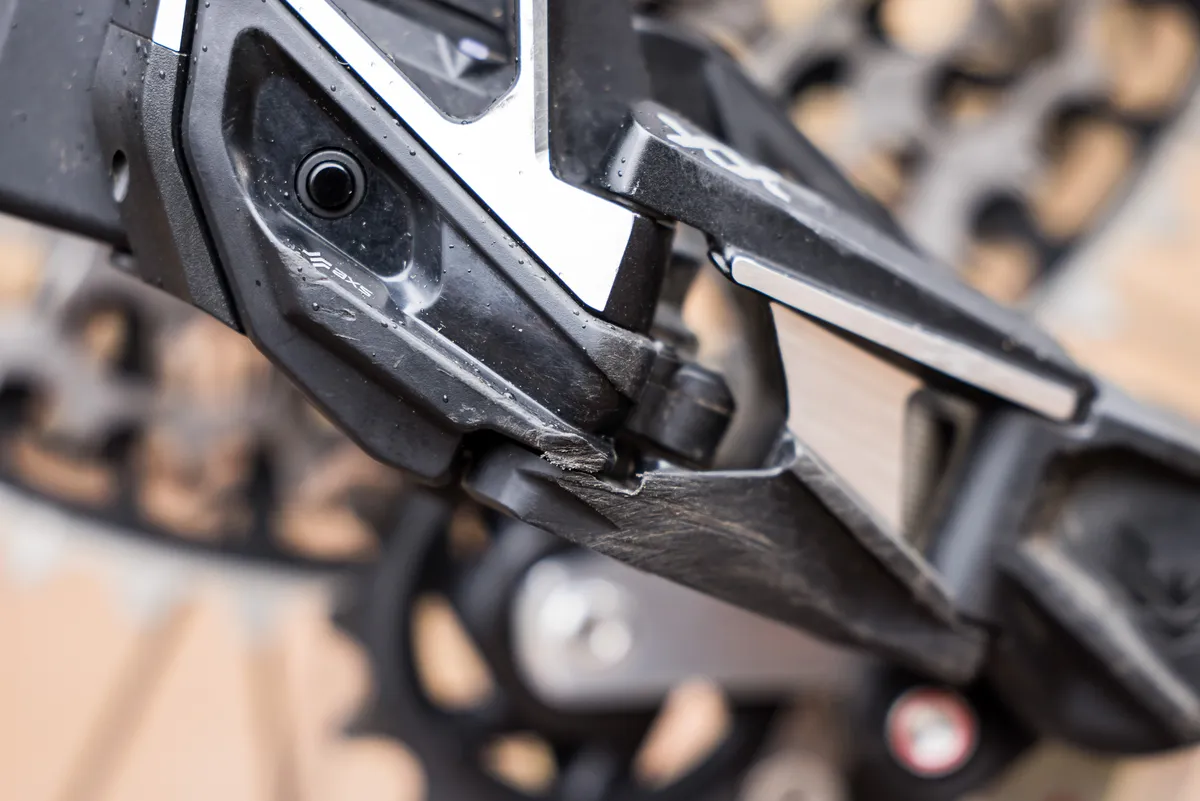
XX isn’t quite as rebuildable as the mechanical Transmission Eagle 90 and 70 drivetrains SRAM released recently, but it’s still way more user-serviceable than XTR.
Spare parts and instructions on how to fit them are widely available; XX’s £700 RRP is more than XTR, but it’s likely to last much longer.
Which is better?

Riders wanting the fastest shift speed will love XTR, but will need to sacrifice shift quality and reliability for it, especially compared to SRAM's repeatable, crisp changes.
If SRAM's comparably lazy shifting isn't an issue for you, it's a clear winner.




